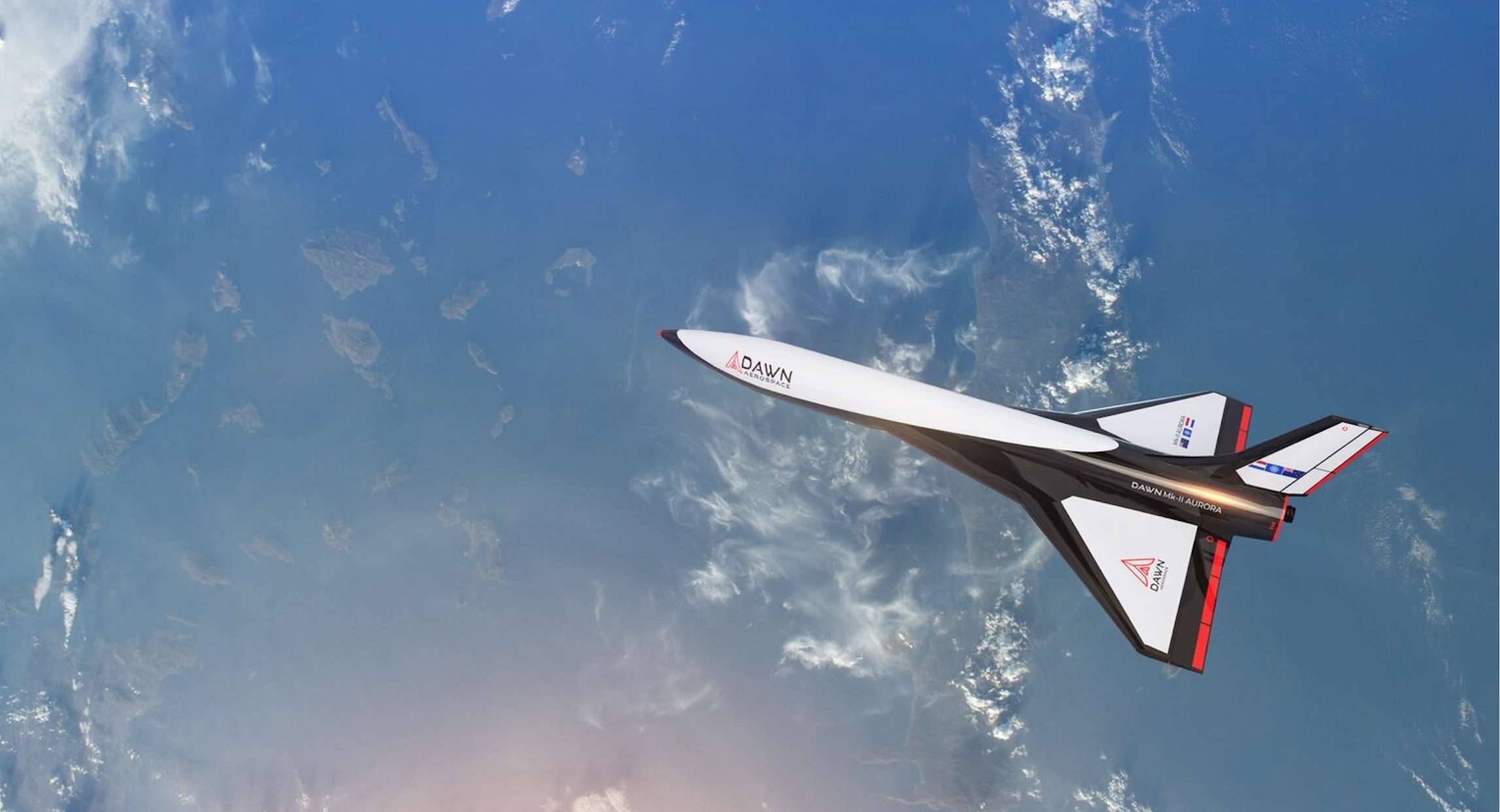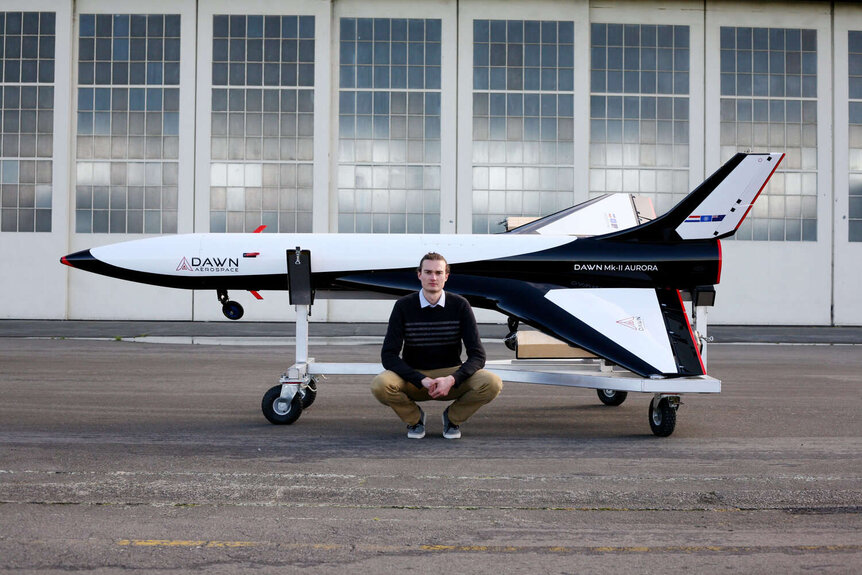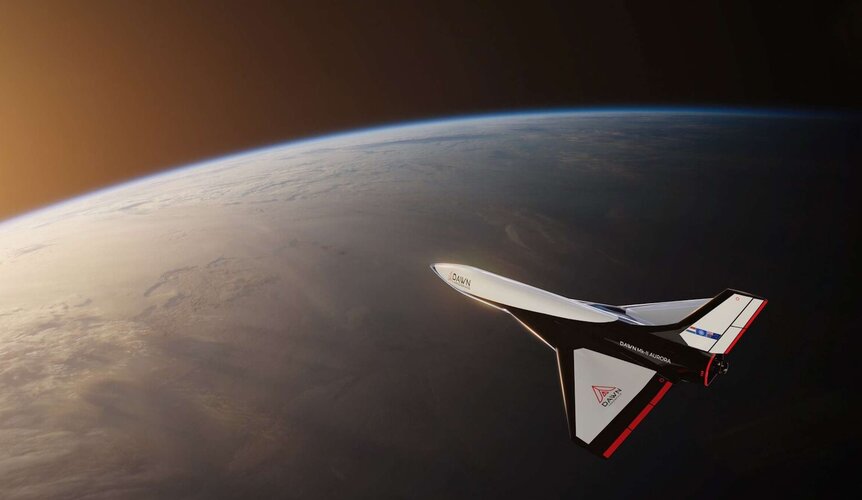Create a free profile to get unlimited access to exclusive videos, sweepstakes, and more!
Aurora's sleek new space plane approved to launch from standard airports

Coming to a conventional airport near you, (if you happen to live in New Zealand!), the country's Dawn Aerospace has been given the official greenlight to use normal passenger and cargo air transportation facilities to launch their new SUV-sized Mk-II Aurora suborbital space plane.
The approval came from the New Zealand Civil Aviation Authority (CAA) to fly this slick new craft out of regular commercial airports, circumventing the need to blast off from isolated, vertical-launch rocket compounds. This streamlined Aurora space plane was created as an economical way to deliver satellites into outer space on multiple flights per day .
Initial test flights of the compact Mk-II Aurora will occur sometime in 2021, not in a chaotic international airport, but in a more remote airspace, at a yet-undisclosed location in the south island of New Zealand.
"The challenge of getting to space is equal parts the vehicle, the launch infrastructure and the regulation," Dawn chief technical officer Stefan Powell said in an official statement. "We have made great strides in revolutionizing the hardware. Today is a significant step towards the rest; showing we can fly from one of the thousands of civilian airports around the world, and do so without kicking other aircraft out of their airspace. This is the key to rapid, reusable and sustainable spaceflight."
This traditional airport development should allow Dawn Aerospace's team to reduce costs and avoid other unnecessary delays or conflicts that might pop up for the program.
According to the press release, the New Zealand Space Agency has also played a major role in ensuring that this recent certification was accomplished in conjunction with a high-altitude vehicle license, thereby opening the door in time to suborbital space.
“CAA and the NZSA are showing that innovative and future-proof regulation is a reality in New Zealand,” added James Powell, GM and Head of Certification. “It’s not easy, but is the product of the tireless efforts of the CAA and NZSA to keep New Zealand at the leading edge of aerospace innovation. We couldn’t do this anywhere else in the world.”
Mk-II Aurora is intent on attaining the goal of sustainable commercial spaceflight in an unconventional way, by offering flights to 60 miles and above for small payloads of 3U, which do max out at 8.8 pounds, but are adequate for a variety of scientific experiments. It will be capable of horizonal takeoffs and returns for multiple trips per day, at a cost of approximately $50,000 per flight.
Looking into the future, Dawn Aerospace has ambitious plans for a larger Mk-III version of its versatile space plane that will be 60 feet long and able to carry payloads weighing between 110 and 220 lbs.




























